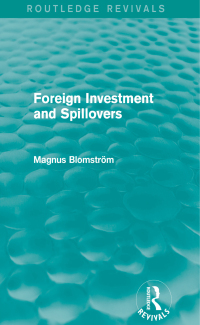Question
Merry Berry Blue Case Study Dan Branson is a farmer in Abbotsford, British Columbia. A major part of Dans farm are blueberries. Dan is entrepreneurial
Merry Berry Blue
Case Study
Dan Branson is a farmer in Abbotsford, British Columbia. A major part of Dans farm are blueberries. Dan is entrepreneurial and ambitious. He is considering to open processing of blueberries into blueberry jams in an abandoned barn nearby. Dan is an experienced and very passionate farmer but has no finance and even business background. He invited you as a consultant to help him evaluate the project.
Here is the data you and him have managed to collect so far. The processing equipment would cost $400,000, will be good for 5 years, and after 5 years will need to be demolished and replaced since will no longer produce high quality jam. With this new product being launched (Dan named it Merry Berry Blue), some time will be required to gain market share in grocery stores. Sales of the first year are planned to be 15,000 jars with 30% increase each year. Dan talked to Choices and Whole Foods, and they indicated a price for a jar they are willing to pay: $12. They also mentioned that due to inflation expectations, they are going to increase their retail prices 5% per year and they are comfortable if Dan increases his prices as well.
You and Dan estimated that variable costs will be about 20% to the price. Lucrative business! Also, due to inflation, they are expected to be increasing 5% per year. Dan will hire 2 employees for 2 first years and then one more employee starting year 3 as production increases. Dan is looking at average salaries in Abbotsford and $40,000/year seems reasonable. Also, you expect that the salaries will need to increase 5%/year due to inflation. The abandoned barn is for rent, and the rent is $2,000/month. As the owner of the barn was very excited to make some money on otherwise hopeless asset, the contract assumes that the rent is not going to be increased for all the 5 years it will be signed for. Dan will need to spend $20,000 on marketing meetings with retailers, promotions, testing campaigns, collaboration with influencers. Also, it is expected that inflation will cause these costs to increase 5% per year. The retailers never pay in advance. Based on the tentative agreements, the amount of accounts receivable by the end of every year will be equal to 20% of the revenue. Dan is going to negotiate with suppliers as well so that the amount of accounts payable is expected to be equal to 20% of costs of good sold. You defined that an alternative investment of similar risk would bring Dan a return of 15%.
Your report to Dan should contemplate the following questions and problems:
Suppose you think that the number of jars sold is accurate to within 20%. Calculate the upper and lower bounds for these projections. (BEST-case and WORST-case scenarios).
1. Calculate the Base-case NPV and IRR (15,000 jars/year). Should Dan accept the project based on the base-case scenario?
2. Calculate the BEST-case NPV and the WORST-case NPV and IRR If you look at best and worst-case scenarios, what else should be considered? Will you change your recommendation and why?
3. Calculate all the other project evaluation criteria that you learned from the textbook (payback, discounted payback, breakeven point, profitability index, degree of operating leverage) and explain what they mean in terms of this project, how it will influence your decision.
Step by Step Solution
There are 3 Steps involved in it
Step: 1

Get Instant Access to Expert-Tailored Solutions
See step-by-step solutions with expert insights and AI powered tools for academic success
Step: 2

Step: 3

Ace Your Homework with AI
Get the answers you need in no time with our AI-driven, step-by-step assistance
Get Started


